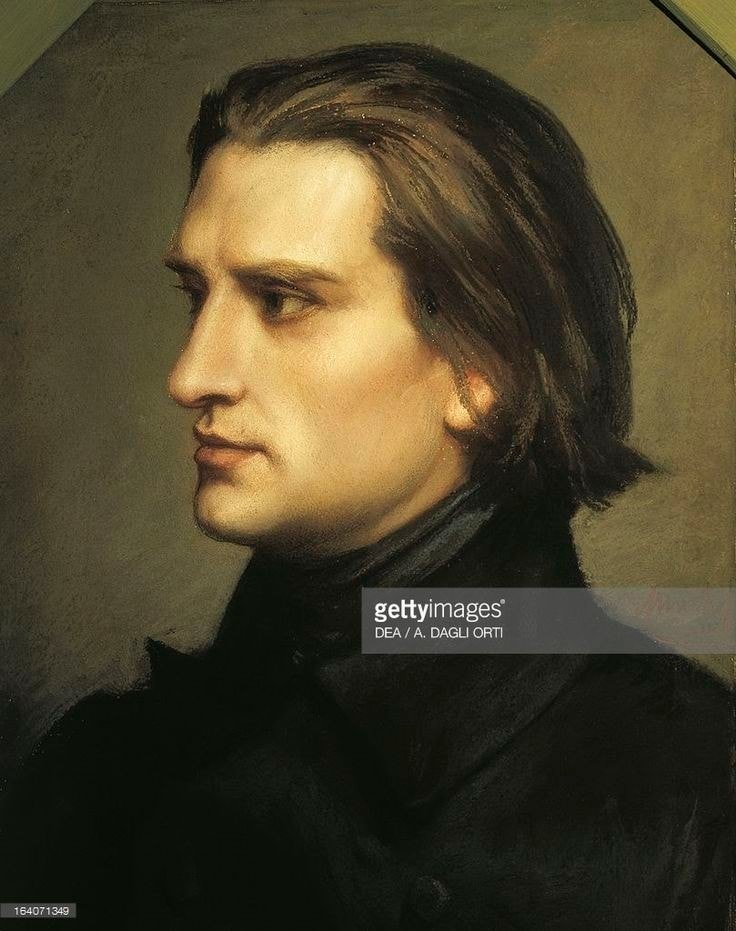Published on Franz Liszt Group, on May 5, 2021. If you want to know how the Story Behind series started, I give details in “Story Behind” Series #1″.
Original post:
In Hungary all native music, in its origin, is divided naturally into melody destined for song or melody for the dance.
Franz Liszt

Story behind:
Comment 1:
This portrait was painted by Charles Laurent Maréchal, who was French painter, in 1840. Liszt was drawn and painted a lot during this period. Famous portraits known are those of Ary Scheffer in 1837, Josef Kriehuber and Friedrich von Amerling in 1838, Henri Lehmann and Ingres in 1839, and the famous painting by Josef Danhauser representing Liszt at the piano surrounded by his friends, in front of Beethoven’s bust, painted in 1840. The same year, 1840, Maréchal painted this pastel portrait of Liszt in Paris, along with other pastel works on Bohemian and Hungarian topics. This portrait is in the collection of the Richard-Wagner-Museum in Bayreuth.
Comment 2:
I forgot the source of the quote 🙂 Those who recognize me start to know me now 😂
This quote is taken from Liszt’s book called “The Gypsy in Music” (original title in French: “Des Bohémiens et de leur musique en Hongrie”) published in 1859. The quote goes on. It says: “In Hungary all native music, in its origin, is divided naturally into melody destined for song or melody for the dance; there is so great a resemblance that it might almost be called identity of character.” There was a polemic about this book: in the way Liszt defined what he called Gypsy Music, he used the terms “Hungarian music” and “Gypsy music” almost as synonyms, which can be discussed. However, for us musicologists (and I believe, also for ethnomusicologists), this book is a great source, musically, technically, and on the vision of the musical characters Liszt was describing.
